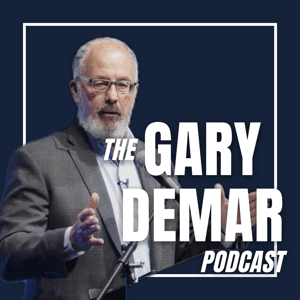Michael Temperato (aka Metaphysics Mike) shares about his journey of faith. He tells about his struggles with drug addiction, pornography, broken relationships, and even jail. After hitting rock bottom, he turned to God and has been on a quest to pursue truth wherever it leads. After getting the left foot of fellowship from a church for asking questions, he came to embrace Torah observance and doubt the Trinity doctrine. Over the past few years, his research has culminated in a strong repertoire of facts from the Bible, church history, and logic that he puts to use in debating Trinitarians on YouTube. I got to meet him at Converge 2025 and was impressed by his theological knowledge and social media and video skills. I’m excited to see how God will work with Metaphysics Mike to reach people with the truth about God and Christ.




































